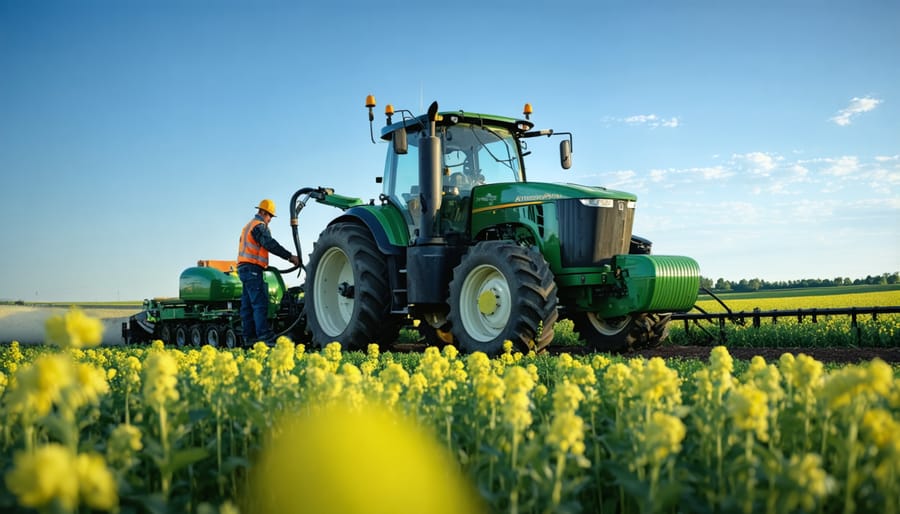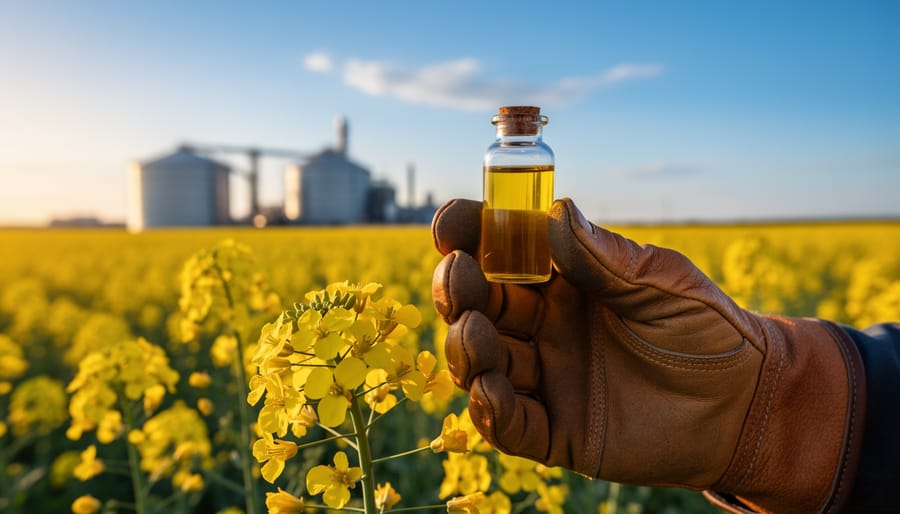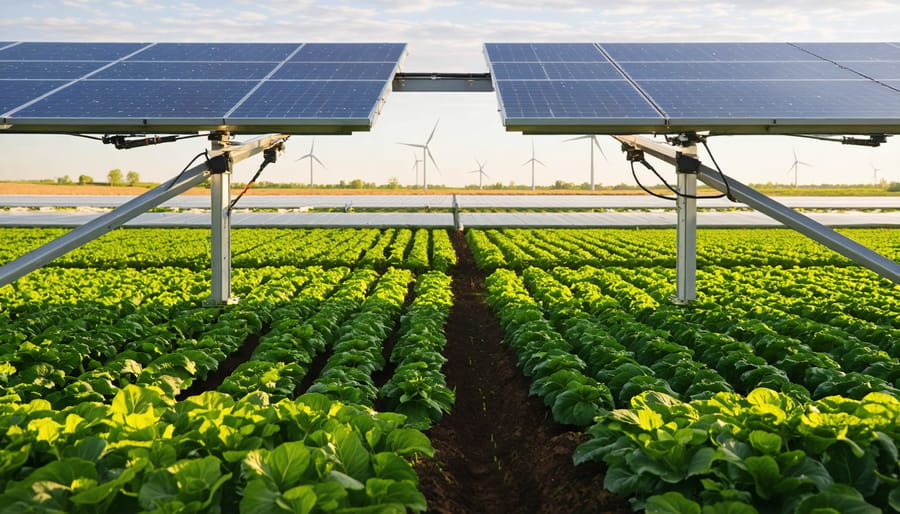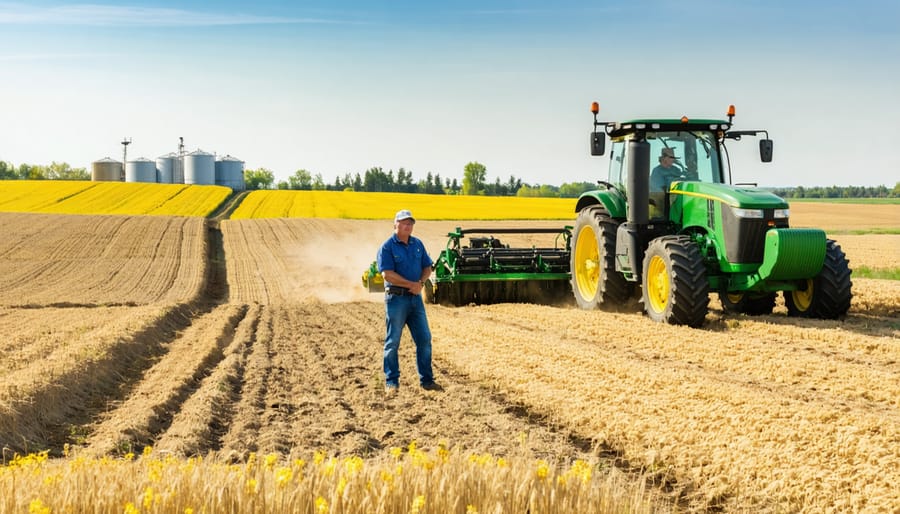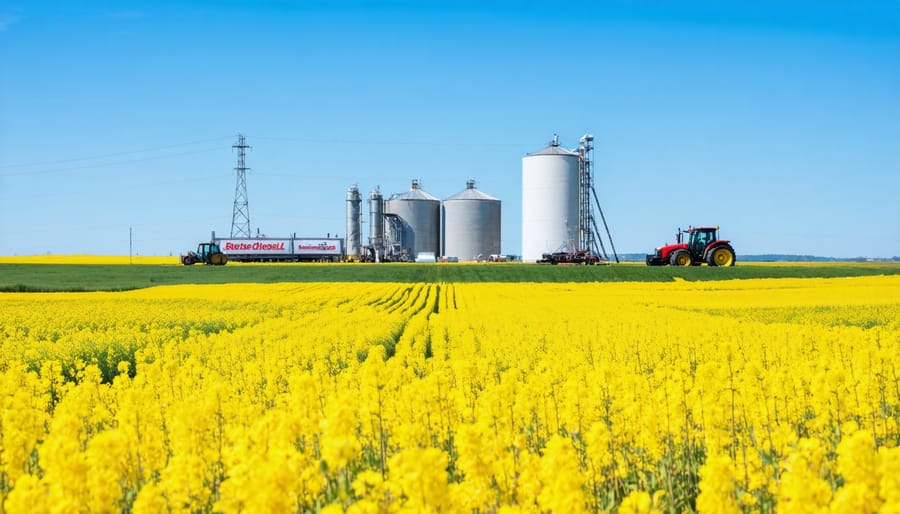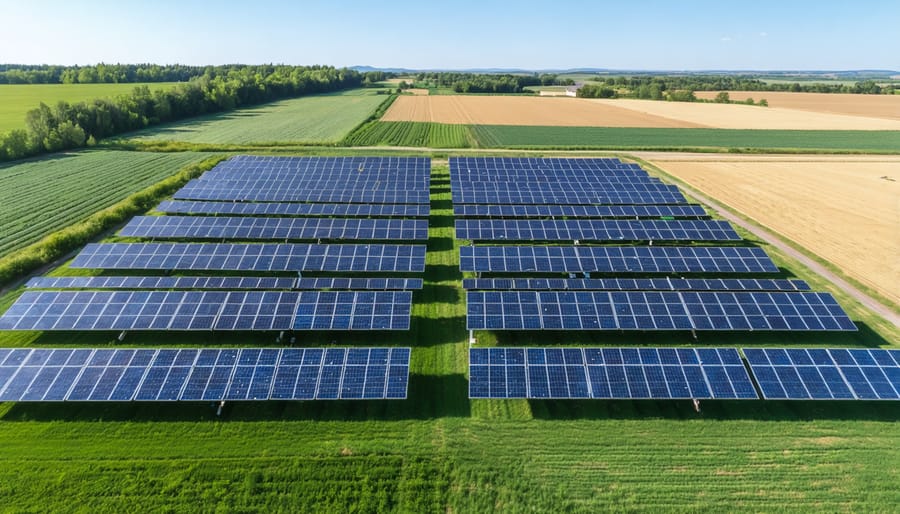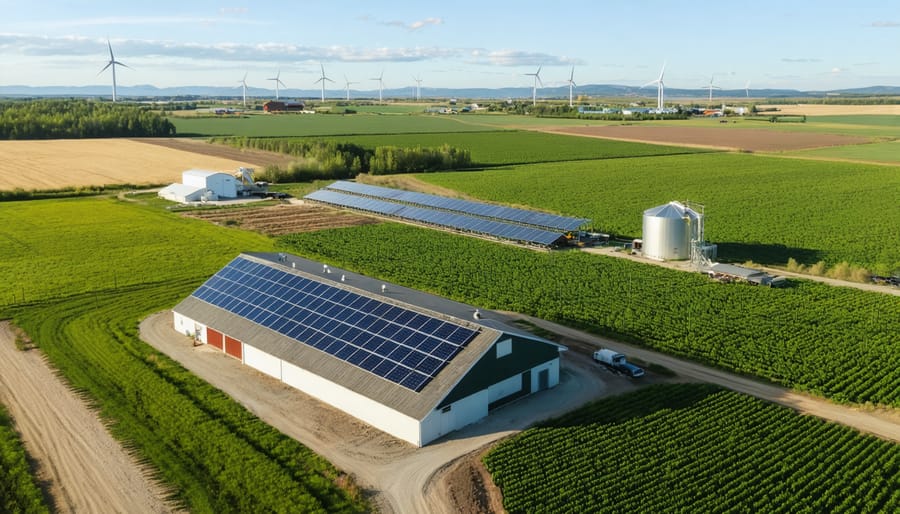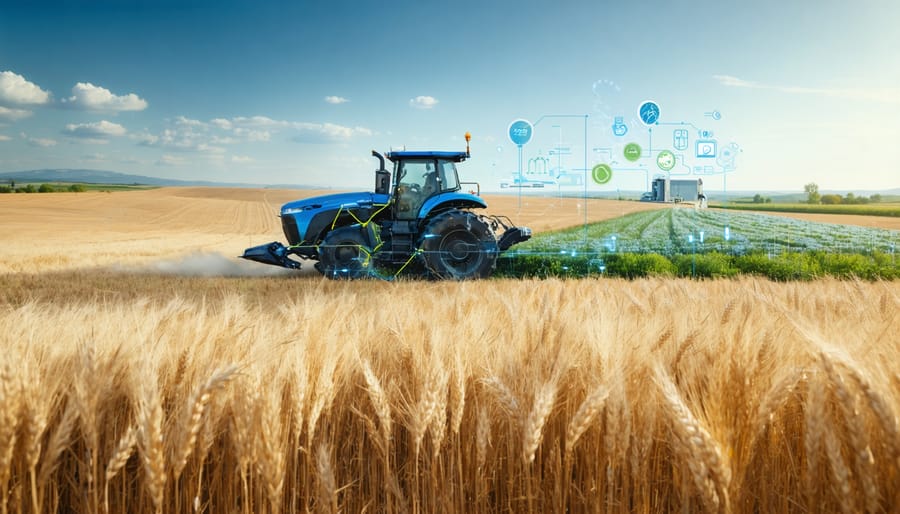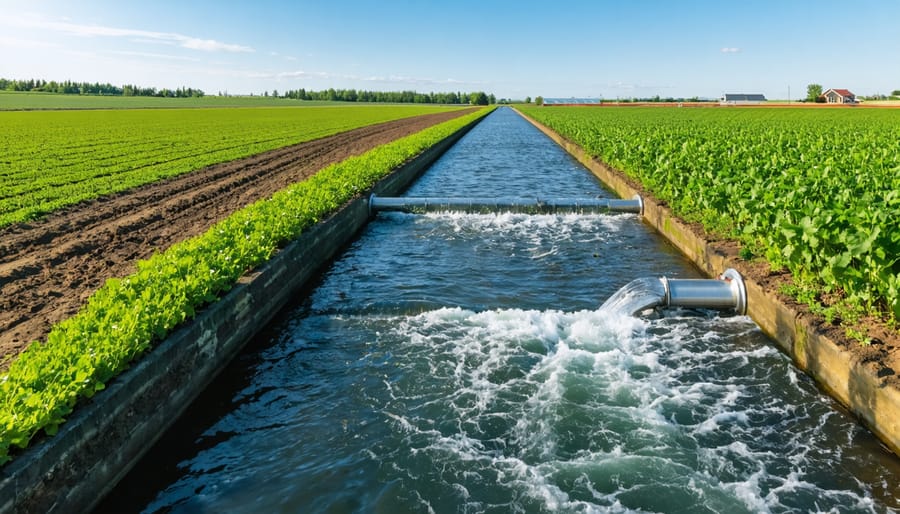Yes, biodiesel can power nearly any diesel engine with minimal or no modifications, marking a significant milestone in the biodiesel revolution in Canadian farming. Modern diesel engines (post-1993) handle B20 blends seamlessly, while older equipment may require simple fuel line updates to manage pure biodiesel. Prairie farmers consistently report successful biodiesel integration across tractors, combines, and trucks, even during harsh Alberta winters with proper fuel management practices.
The key lies in understanding blend ratios: B5 (5% biodiesel) requires no modifications, B20 (20% biodiesel) works in most modern engines with standard maintenance, and B100 (100% biodiesel) needs specific considerations for cold-weather performance. Canadian agricultural operations currently running biodiesel demonstrate that with proper fuel sourcing and basic winterization steps, the transition from conventional diesel to biodiesel delivers reliable performance while reducing environmental impact and often lowering operational costs.
Understanding Biodiesel Compatibility in Farm Equipment
Modern vs. Older Diesel Engines
Modern diesel engines, particularly those manufactured after 2007, are designed with more sophisticated fuel systems and tighter tolerances compared to their older counterparts. These newer engines typically handle biodiesel blends more efficiently but may require more frequent fuel filter changes when first transitioning to biodiesel use.
Here in Alberta, we’ve seen many farmers successfully running B20 (20% biodiesel blend) in both modern and older equipment. However, older engines, especially those from the 1990s and earlier, often have natural rubber seals and gaskets that could deteriorate with higher biodiesel concentrations. If you’re operating pre-2000 equipment, starting with a lower blend like B5 is recommended.
Doug Thompson, a third-generation farmer from Red Deer, shares his experience: “I’ve been running B20 in my 2015 John Deere tractor without any issues, but I keep my old 1985 International on B5 just to be safe. The key is knowing your equipment’s limits.”
Modern engines benefit from improved filtration systems and synthetic seals that are fully compatible with biodiesel. However, all engines, regardless of age, require proper maintenance when using biodiesel. This includes more frequent fuel filter changes during the initial transition period and careful fuel system monitoring during cold weather operations.
For equipment manufactured before 1993, it’s advisable to consult with your local equipment dealer about possible seal replacements before using higher biodiesel blends.
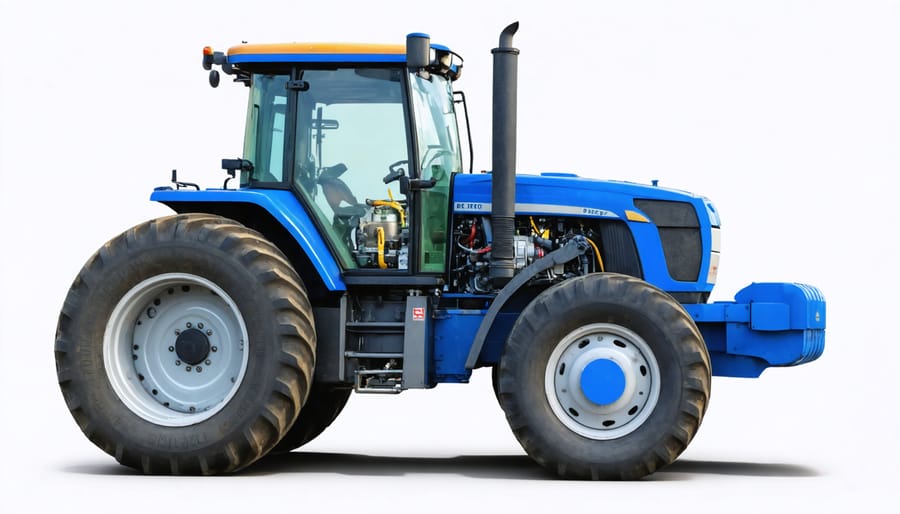
Cold Weather Considerations for Alberta
Alberta’s cold climate presents unique challenges for biodiesel users, but with proper preparation, you can successfully run biodiesel year-round. During winter months, when temperatures frequently drop below -20°C, pure biodiesel (B100) can begin to gel at higher temperatures than conventional diesel, potentially causing fuel system blockages.
For Alberta farmers, we recommend switching to lower biodiesel blends during winter months. B5 (5% biodiesel) or B20 (20% biodiesel) blends typically perform well in cold weather and maintain better flow characteristics than higher concentrations. Many local fuel suppliers now offer winter-specific biodiesel blends that include cold-weather additives.
Essential cold-weather practices include:
– Storing equipment in heated buildings when possible
– Installing fuel tank heaters or insulation
– Using high-quality fuel filters rated for cold temperatures
– Adding appropriate cold-flow improvers or winter additives
– Maintaining clean fuel tanks to prevent water contamination
Local farmer Jim Peterson from Lacombe shares, “We’ve been running B20 in our tractors for five winters now. The key is preparation and working with reliable suppliers who understand our climate needs.”
For emergency situations, keep a spare fuel filter on hand and consider having conventional diesel available as backup during extreme cold snaps. Many Alberta farmers successfully transition between different blend ratios seasonally, using higher biodiesel concentrations in summer and lower blends in winter.
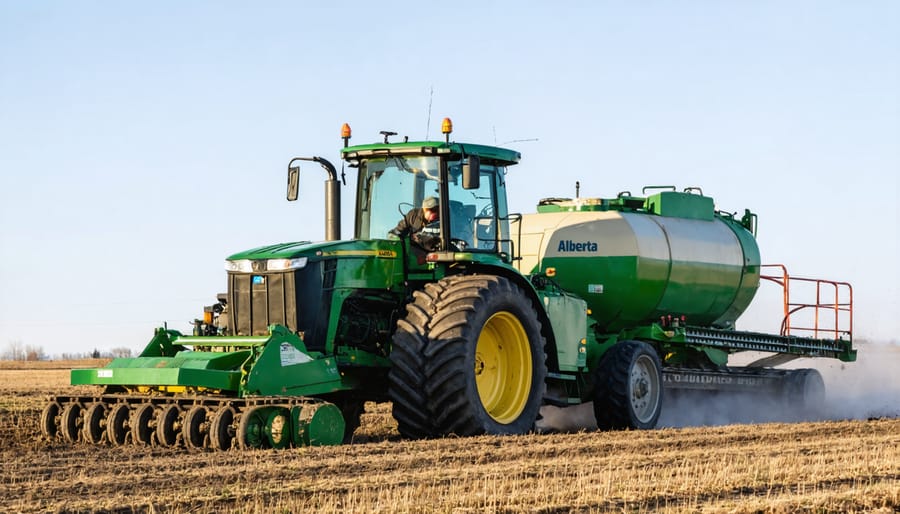
Making the Switch to Biodiesel
Required Modifications and Maintenance
While biodiesel can run in most diesel engines, a few key modifications and maintenance practices ensure optimal performance, especially in our Canadian climate. First, inspect and replace fuel filters more frequently during the initial transition to biodiesel, as it has natural cleaning properties that can dislodge existing deposits in the fuel system.
For Alberta farmers running equipment in winter conditions, installing a fuel heater or ensuring your engine has cold-weather features is essential, as biodiesel can gel at higher temperatures than conventional diesel. Fuel lines and seals should be checked for compatibility – newer engines typically have suitable materials, but older equipment might need updates to prevent degradation.
Regular maintenance becomes even more critical with biodiesel use. Monitor your engine oil more frequently, as biodiesel can occasionally thin engine oil. Schedule oil changes at 75% of your normal interval until you understand how your specific engine responds to the fuel.
Keep your fuel storage systems clean and dry, as biodiesel can attract more water than conventional diesel. Install water-separating filters and check them regularly. For seasonal equipment, either run the engine dry or fill it with conventional diesel before long-term storage.
These modifications and maintenance practices might seem extensive, but many Alberta farmers report that the benefits of biodiesel – including reduced emissions and support for local agriculture – make the extra attention worthwhile.
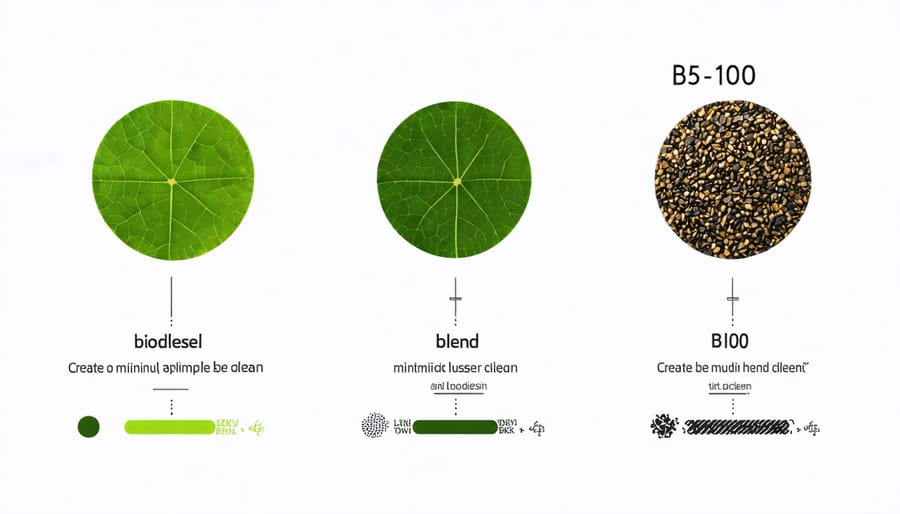
Blending Options and Best Practices
Biodiesel blends offer flexibility for Canadian farmers transitioning to renewable fuel options. The most common blend is B20, containing 20% biodiesel and 80% petroleum diesel, which provides an excellent balance of performance and environmental benefits while being suitable for most diesel engines without modifications.
For winter operations in Alberta and other cold regions, lower biodiesel concentrations like B5 (5% biodiesel) are recommended to prevent fuel gelling. During warmer months, farmers can confidently use higher blends up to B20 or even B50 in newer engines designed for biodiesel use.
Rod McGregor, a third-generation farmer from Red Deer County, shares his experience: “We’ve been running B20 in our tractors during summer and switching to B5 for winter operations for the past five years. It’s been reliable and cost-effective for our operation.”
When selecting your blend, consider:
– Season and local temperature ranges
– Engine manufacturer recommendations
– Age and condition of your equipment
– Fuel availability in your region
– Cost considerations
Start with lower blends like B5 or B10 when first transitioning to biodiesel. This approach allows you to monitor engine performance and make adjustments as needed. Always source your fuel from certified suppliers who meet CGSB (Canadian General Standards Board) requirements to ensure quality and consistency in your biodiesel blend.
Real Results: Alberta Farm Case Study
Meet the Andersons, third-generation farmers from Lacombe County, who successfully transitioned their 2,000-hectare operation to biodiesel in 2019. Like many Alberta farmers exploring sustainable farming solutions, they started by converting their newer John Deere tractors to run on B20 biodiesel.
“We were skeptical at first,” admits Tom Anderson, “but after running B20 through our first harvest season, we noticed no difference in performance. Our maintenance costs actually decreased slightly.” The family documented a 15% reduction in their carbon emissions and saved approximately $0.05 per litre compared to conventional diesel during peak seasons.
The transition wasn’t without challenges. They installed a dedicated 5,000-litre storage tank with proper filtration systems and learned to monitor fuel quality carefully during winter months. Working closely with their local fuel supplier, they developed a seasonal mixing strategy: B20 in summer and B5 in winter to prevent gelling issues.
Their success has inspired neighboring farms, with five other operations in Lacombe County following their lead. The Andersons now host regular workshops sharing their experience and practical tips for biodiesel implementation. “It’s about showing others that making the switch isn’t just environmentally responsible – it makes good business sense too,” says Tom.
Economic and Environmental Benefits
Cost Analysis for Alberta Farmers
For Alberta farmers considering biodiesel adoption, the economic equation often works in their favor when analyzed comprehensively. Current estimates show that producing biodiesel on-farm can cost between $0.85 to $1.10 per litre, compared to conventional diesel prices that often exceed $1.50 per litre at the pump. While initial setup costs for small-scale production systems range from $15,000 to $25,000, many farmers recover this investment within 2-3 growing seasons through fuel savings alone.
Additional financial benefits emerge when considering the renewable bioenergy benefits, including potential carbon credit earnings and waste oil recycling savings. Local co-ops in Alberta report that members using biodiesel blends save an average of 15-20% on their annual fuel costs.
The economics become even more favorable when factoring in provincial incentives for sustainable agriculture practices. Many Alberta farmers offset their conversion costs through programs like the Canadian Agricultural Partnership (CAP), which can cover up to 30% of renewable energy implementation costs.
However, farmers should account for seasonal production variations and storage requirements in their cost calculations. Winter operations may require switching to lower biodiesel blends, potentially affecting overall annual savings. Despite these considerations, most Alberta farmers report positive returns on investment within their first year of biodiesel adoption.
Carbon Credits and Government Incentives
Canadian farmers transitioning to biodiesel can benefit from various government incentives and carbon credit programs designed to support sustainable agricultural practices. The Clean Fuel Regulations (CFR) program offers carbon credits to farmers who adopt renewable fuels, with potential earnings of $0.15-0.30 per litre of biodiesel used.
In Alberta, the Technology Innovation and Emissions Reduction (TIER) system provides additional support through carbon offset credits. Farmers can earn these credits by documenting their reduced emissions from biodiesel use, typically generating 2.5-3 carbon credits per 1,000 litres of conventional diesel replaced.
The Canadian Agricultural Partnership (CAP) offers cost-sharing programs that can cover up to 50% of expenses related to biodiesel infrastructure upgrades, including storage tanks and filtering systems. Local agricultural cooperatives often provide guidance on accessing these programs and completing necessary documentation.
Many rural municipalities have established biodiesel cooperatives, allowing farmers to pool resources and share costs while maximizing their carbon credit benefits. These community-based initiatives often receive additional provincial support, making the transition to biodiesel more economically viable for small and medium-sized farms.
Remember to consult with local agricultural extension offices for the most current information on available programs and application deadlines.
As we’ve explored throughout this article, biodiesel presents a viable and sustainable option for Alberta’s farming community. The evidence clearly shows that with proper preparation and maintenance, most diesel engines can indeed run effectively on biodiesel blends. From reducing environmental impact to supporting local agriculture, the benefits of transitioning to biodiesel extend beyond individual farms to strengthen our entire agricultural community.
Remember that successful biodiesel implementation starts with understanding your equipment’s specifications and making informed decisions about blend levels. Whether you’re starting with B5 or ready to embrace higher concentrations, every step toward renewable fuel adoption helps build a more sustainable future for Canadian agriculture.
The experiences of fellow Alberta farmers who have successfully integrated biodiesel into their operations demonstrate that this transition is both practical and beneficial. By working with local suppliers, following manufacturer guidelines, and maintaining proper fuel management practices, you can confidently join the growing number of farmers choosing cleaner fuel alternatives.
As we continue to face environmental challenges and seek ways to reduce our carbon footprint, biodiesel represents an accessible solution that allows us to maintain productivity while embracing sustainability. Consider starting your biodiesel journey today – your equipment, your farm, and our environment will thank you for it.

